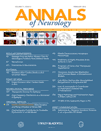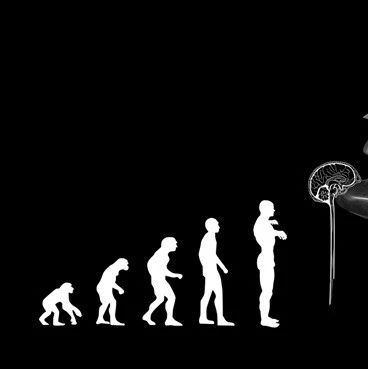导读:为了评估白天过度嗜睡(EDS)是否与冠状动脉心脏疾病(CHD)和中风事件有关,来自巴黎心血管病研究中心的Martin Blachier等人进行了研究,结果表明频繁的EDS是心血管事件和中风的独立危险因素,特别是在社区居住的健康老年人群。

频繁的EDS与冠心病及中风的风险比(HRs)
为了评估白天过度嗜睡(EDS)是否与冠状动脉心脏疾病(CHD)和中风事件有关,来自巴黎心血管病研究中心的Martin Blachier等人进行了研究。研究结果近期出版在Annals of Neurology上。
这是一项来自法国的以人口为基础的多中心前瞻性研究,纳入研究对象7007例,均无冠心病、中风或老年痴呆症病史。研究采用面对面的自测EDS问卷:EDS划分为从来没有、很少、定期和频繁。使用Cox比例风险模型计算6年中首发中风和冠心病的危险比(HRs)。
研究人群的平均年龄为73.7岁(标准差5.37),63%为女性,13.3%和4.3%的人群EDS分别为经常和频繁。中位随访时间5.1年,在此期间,出现中风122人,冠心病250人。冠心病和中风的风险增加仅限于EDS频繁人群,其大约是EDS从来没有人群的1.73倍(HR,1.73;95%信心区间[CI],1.15-2.60)。而且这一联系只存在于没有高血压的人群,在那些基线时患有高血压的人群则不适用(交互作用P = 0.01)。此外,频繁的EDS只与中风发生有统计学意义(HR,2.10;95%CI,1.13-3.89),而与冠心病的发生则无统计学意义(HR,1.51;95%CI,0.87-2.61)。
这项研究表明频繁的EDS是心血管事件和中风的独立危险因素,特别是在社区居住的健康老年人群。

 Excessive daytime sleepiness and vascular events: The Three City Study.
Excessive daytime sleepiness and vascular events: The Three City Study.
Blachier M, Dauvilliers Y, Jaussent I, Helmer C, Ritchie K, Jouven X, Tzourio C, Amouyel P, Besset A, Ducimetiere P, Empana JP.
We assessed whether excessive daytime sleepiness (EDS) at baseline was associated with subsequent coronary heart disease (CHD) and stroke events.
METHODS: The Three City Study, a French population-based multicenter prospective study, included 7,007 subjects aged ≥65 years with no personal history of CHD, stroke, or dementia, and self-rated EDS as never, rare, regular, or frequent in response to a face-to-face questionnaire. Hazard ratios (HRs) for the first episode of stroke and CHD over 6 years were estimated using a Cox proportional hazards model with age as the time scale.
RESULTS: The mean age of the cohort was 73.7 years (standard deviation, 5.37), 63% were women, and 13.3% and 4.3% reported regular and frequent EDS, respectively. After a median follow-up period of 5.1 years, 372 subjects experienced a first event, either stroke (122 subjects) or a CHD event (250 subjects). The increased risk of CHD and stroke was confined to the group with frequent EDS, and was 1.73× as much as in the group that reported never having EDS (HR, 1.73; 95% confidence interval [CI], 1.15-2.60), after adjustment for confounding and mediating factors. This association was seen in those without hypertension but not in those with hypertension at baseline (p for interaction = 0.01). Moreover, the association with frequent EDS was statistically significant for stroke (HR, 2.10; 95% CI, 1.13-3.89) but not for CHD (HR, 1.51; 95% CI, 0.87-2.61).
INTERPRETATION: The current study suggests that frequent EDS is independently associated with future vascular events and stroke in particular in healthy community-dwelling elderly subjects. ANN NEUROL 2011.
文献链接:https://www.ncbi.nlm.nih.gov/pubmed/21822154







